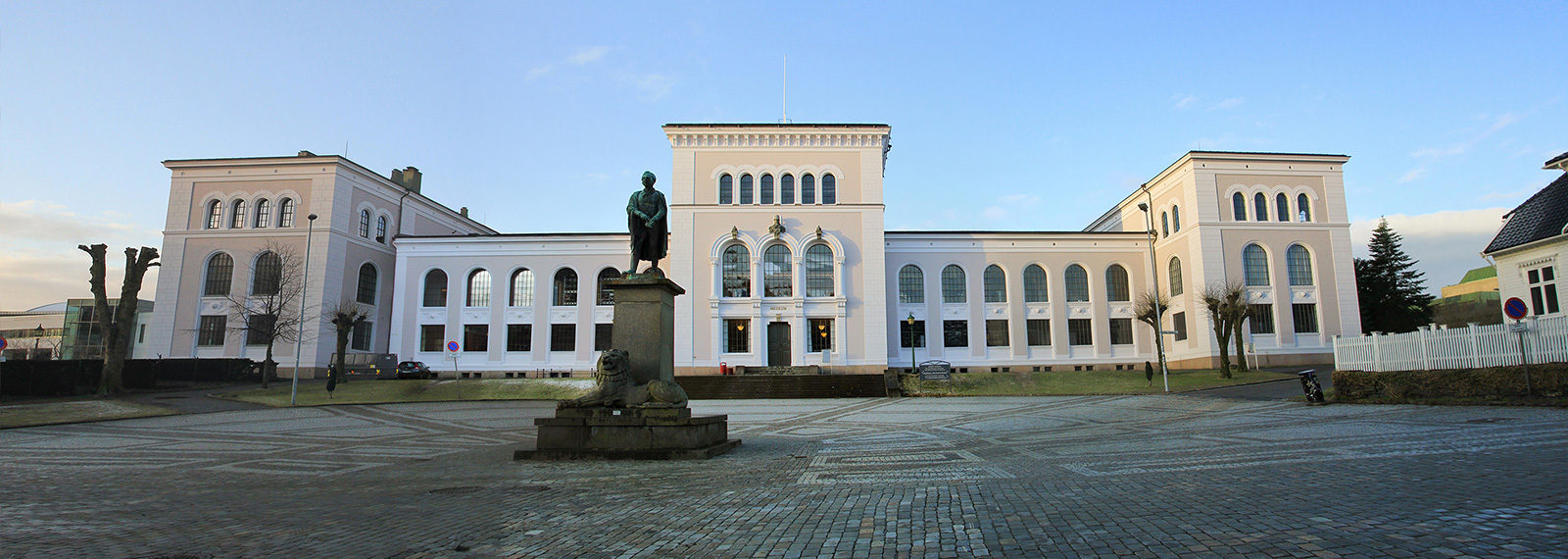Present and future of European research – Changes on the Hungarian scene
29 November 2019
From Professor László Borhy, Rector of Eötvös Loránd University in Budapest
There are ongoing discussions all over Europe with regard to the changes that will take place in the third decade of the 21st century. The unquestionable need to make higher education more open, flexible and mobile opened the way for the European Universities Initiative, which is already having an enormous effect on European higher education, while the plans to cut future research budgets have raised the alarm in higher education institutions throughout the continent.
Parallel to these processes on the international stage, significant changes have been implemented in Hungary in the recent past. In the summer of 2019, new legislation took effect that completely reorganised the network of research institutes of the Hungarian Academy of Science, establishing the Eötvös Loránd Research Network (ELKH). The basic consideration behind the government’s decision was the wish to concentrate the scientific performance of the country under the newly founded organisation of ELKH, making the achievements of research institutions more measurable in terms of certain common standards. The Research Network is coordinated by a scientific governing body that is authorised to make strategic decisions concerning the operation of ELKH. This governing body consists of a president and twelve members, six of whom are appointed by the Hungarian Government, while the other six represent the Hungarian Academy of Science. The task of this body is to oversee the transformation of Hungarian research institutions, ensuring that scientific principles prevail in the process of establishing the new system.
The actions taken by the Hungarian Government described above can be considered as steps towards a more innovative network of research institutions. In this new structure great emphasis is laid on the productivity of research institutions, with the long-term strategic perspective of raising the competitiveness of Hungarian research activity. With this central perspective in mind, we must also emphasise that one of the most challenging tasks facing the new structure and its coordinating body is to find the balance between activities usually assigned to the category of fundamental research and the different spheres of their application. This balance can be reached by actually strengthening cooperation between the stakeholders of the knowledge triangle: by encouraging scientists to find their own ways of carrying out research, by creating an institutional background that connects those focusing on basic research with those who are more concerned with applied science, working on both sides of the very same coin; by reorganising the collaboration between higher education and research so that students can see true career opportunities in the scientific continuation of their university life; and by forming an environment of seamless cooperation between academics and industrial stakeholders.


